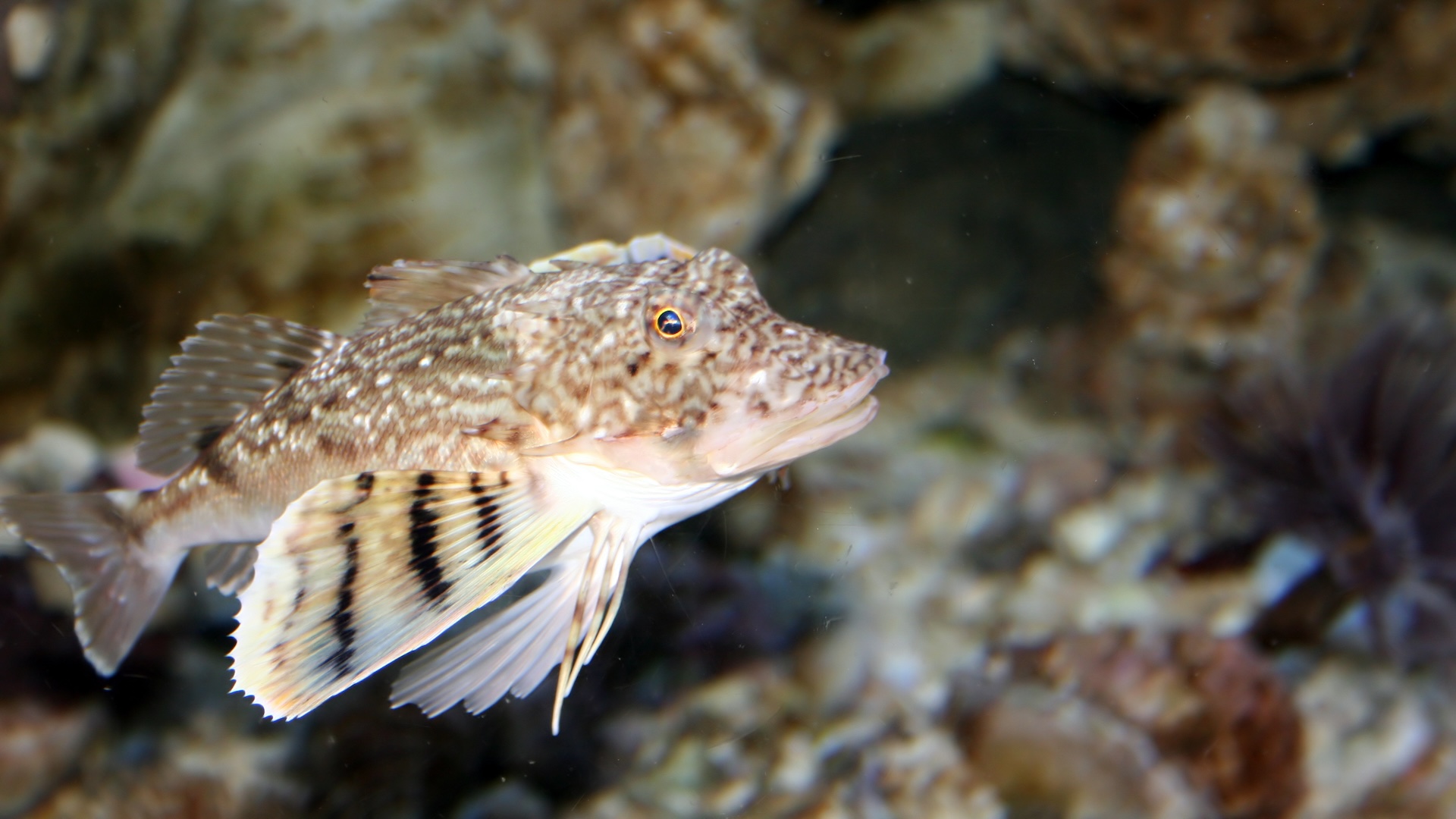Machines, Vol. 11, Pages 615: Influence of the Size of Measurement Area Determined by Smooth-Rough Crossover Scale and Mean Profile Element Spacing on Topography Parameters of Samples Produced with Additive Methods
Machines doi: 10.3390/machines11060615
Authors: Anna Bazan Paweł Turek Paweł Sułkowicz Łukasz Przeszłowski Andrzej Zakręcki
Surface topography measurements are becoming more and more popular and complement the 2D analysis of surface texture. The selection of the measurement area is not yet included in the standards, and the size of this area affects the values of the determined parameters. The article presents the results of research on determining the measurement area based on the smooth-rough crossover scale (SCR) and mean profile element spacing (Rsm) parameters. The tests focused on measuring the surface topography of random and directional types of polymer parts produced by various additive manufacturing techniques. The measurements were conducted using the focus variation method. Surface topography parameters were determined for large evaluation areas determined based on the cut-off filter length Lc and for small areas defined based on the SCR and Rsm parameters. The values of parameters determined from large areas constituted the reference values to which the values determined from small areas were compared. In the case of random-type samples, it was shown that the values of the parameters calculated from smaller areas determined based on the SCR significantly differed from the reference values. For both types of samples, determination of the evaluation area based on the Rsm yielded good results. In most cases, the greatest differences between the values of parameters calculated for small and large areas were noted for the Ssk and Smr1 parameters. Based on the test results, it could be advantageous to replace the measurement of a larger area with the measurement of several smaller areas located at different places on the sample.

 1 year ago
31
1 year ago
31


